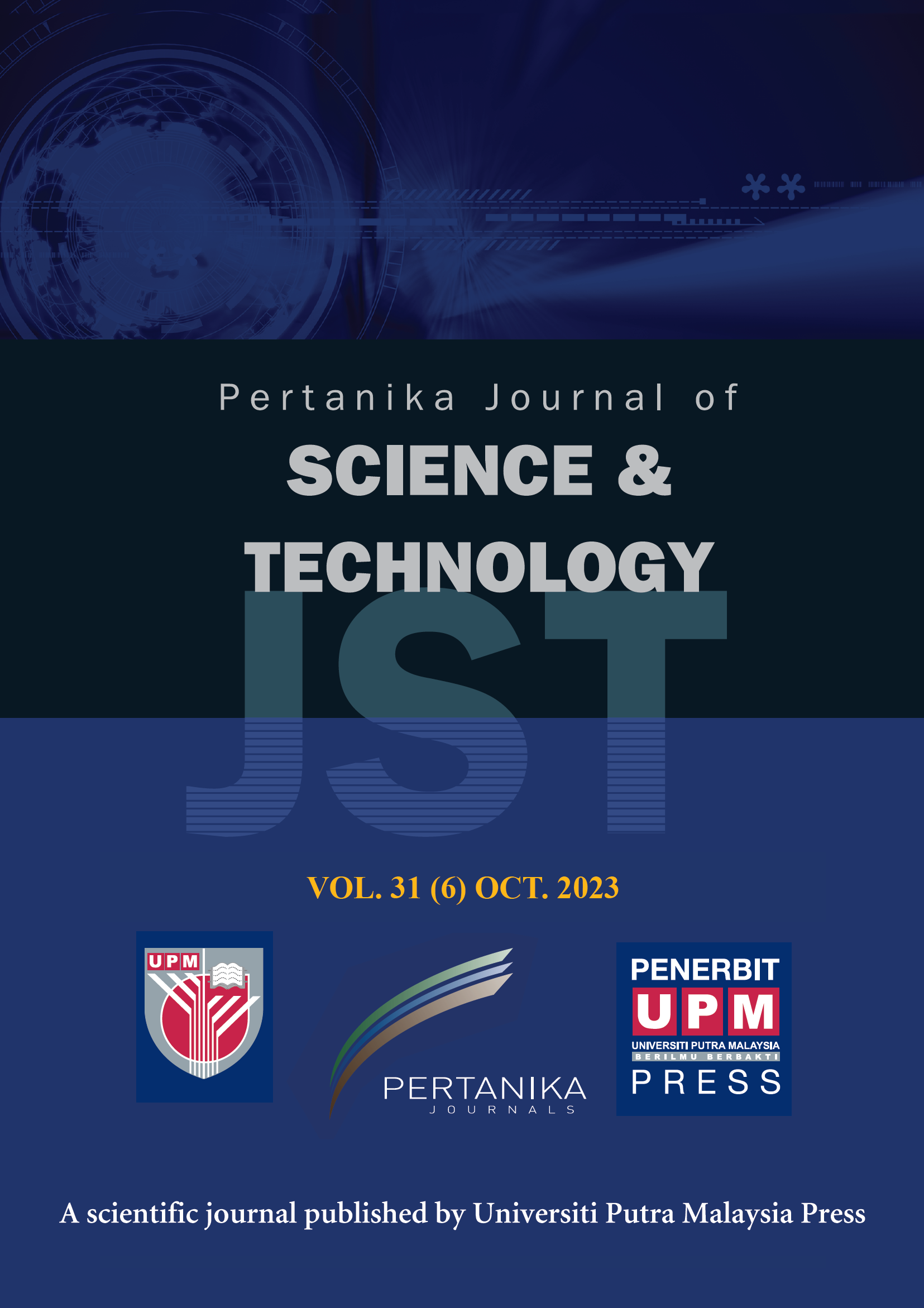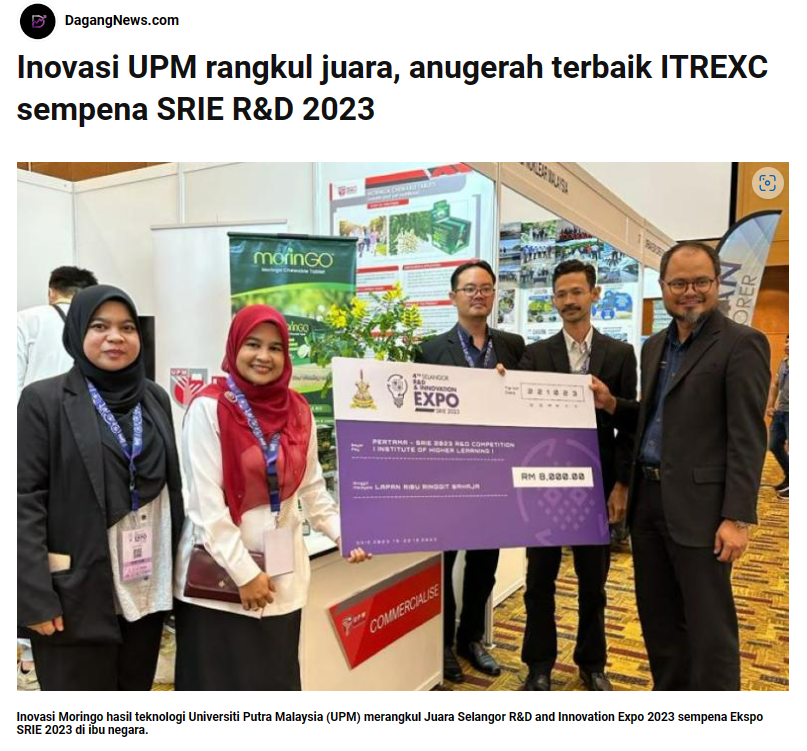Abstract
Lignin-derived bio-oil required upgrades to reduce its oxygen functionalities to produce high quality liquid fuel that is comparable to those of petroleum source. Hydrodeoxygenation is a process with potential which utilised high hydrogen pressure to remove oxygen groups by modifying the C–O–C, C–O–H and C–C linkages from oxygenates of bio-oil to produce aromatic-based fuels with high energy density and stability. Researchers were focusing on creating new Ni-based catalysts recently for hydrodeoxygenation reaction which emphasises on the affordability, availability, and good catalytic activity. This led to the accumulation of huge literature pertaining Ni-based catalysts. Hence, this review was being called to provide good understanding of hydrogeoxygenation process. The present review includes topics of short summary on lignocellulose biomass and lignin compound in relation to its potential structure such as (i) fuel precursors, (ii) lignin conversion processes, (iii) lignin-derived bio-oil chemistry with emphasis on different type of oxygenates and (iv) catalytic hydrodeoxygenation reaction. In addition, an overview of hydrodeoxygenation catalysts requirements for hydrodeoxygenation of lignin-derived bio-oil was discussed. A detailed discussion of Ni-based catalysts in hydrodeoxygenation of lignin-derived bio-oil such as (i) synthesis conditions influencing good dispersion of nickel-based catalysts; (ii) reaction networks of model compounds with consideration of various catalyst functions; (iii) evaluation of catalytic activities and hydrocarbon selectivity of mono-metallic nickel-based catalysts; and (iv) critical discussion of the role of catalyst's bimetallic synergy towards activity and hydrocarbon selectivity. In addition, deactivation profiles of Ni-based catalysts which included the factors affecting the catalyst stability were critically discussed. Finally, recommendations of future research toward the usage of renewable hydrogen for sustainable upgrading, suggestions on enhancement of reactivity, product selectivity and stability of Ni-based catalysts were discussed herein.
Authors:
Murtala M.Ambursa, Joon Ching Juan, Y.Yahaya, Y.H.Taufiq-Yap, Yu-Chuan Lin, Hwei Voon Lee
Tarikh Input: 16/06/2021 | Kemaskini: 16/06/2021 | salehaharon
PERKONGSIAN MEDIA




























